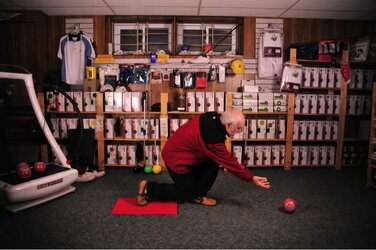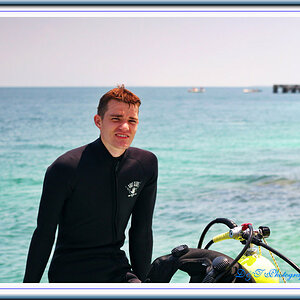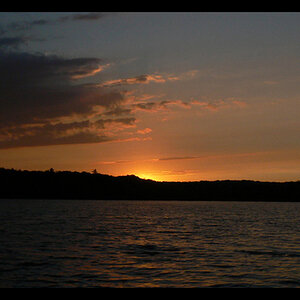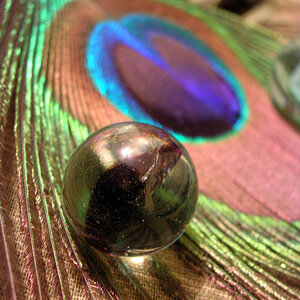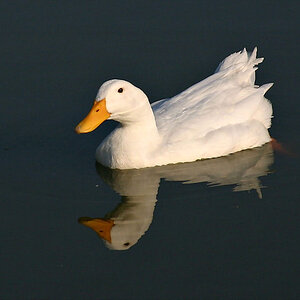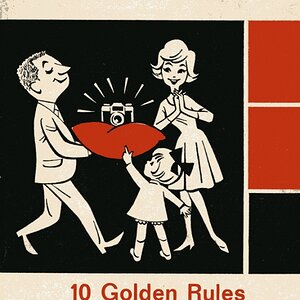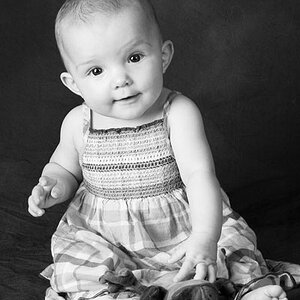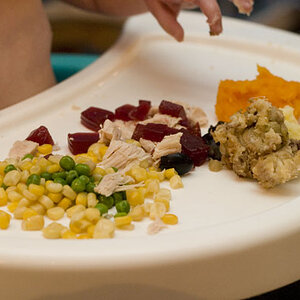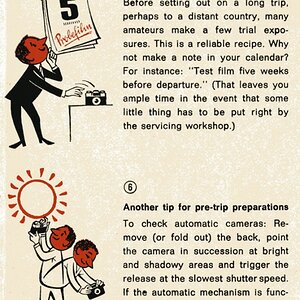pondball
TPF Noob!
- Joined
- Jan 24, 2014
- Messages
- 48
- Reaction score
- 9
- Location
- Ontario Canada
- Can others edit my Photos
- Photos NOT OK to edit
Not sure if I uploaded the photo properly (hope so) but my setup includes two 250 watt constant lights (westlake light kit with two soft boxes)... Front one at 5' height and pointing 45 degrees in, second one at 3' and from 45 degrees behind... No other lights on in room... Not really asking about aesthetics of shot as main concern is to get sufficient lighting to show a 6 shot sequence of the delivery. Clothing will be different so as to illustrate the knee placement to back of heel... I was going to put in a pure white background but for illustration purposes it will be easier to pinpoint locations of delivery according to the shelving behind. Tech stuff Raw 24mm 1/320 F3.5 +.7 ISO 1600. Just noticed that my white balance was set to flourescent 4... Guess I might get. Ore light if I change to a different setting in CS5 or is there something else I need to change in camera... Or add another light? Except it seems there is enough on site. Thanks in advance for any comments. Guess this should be in the lighting section ... Can a moderator please move it over for me... Thanks
Attachments
Last edited:


